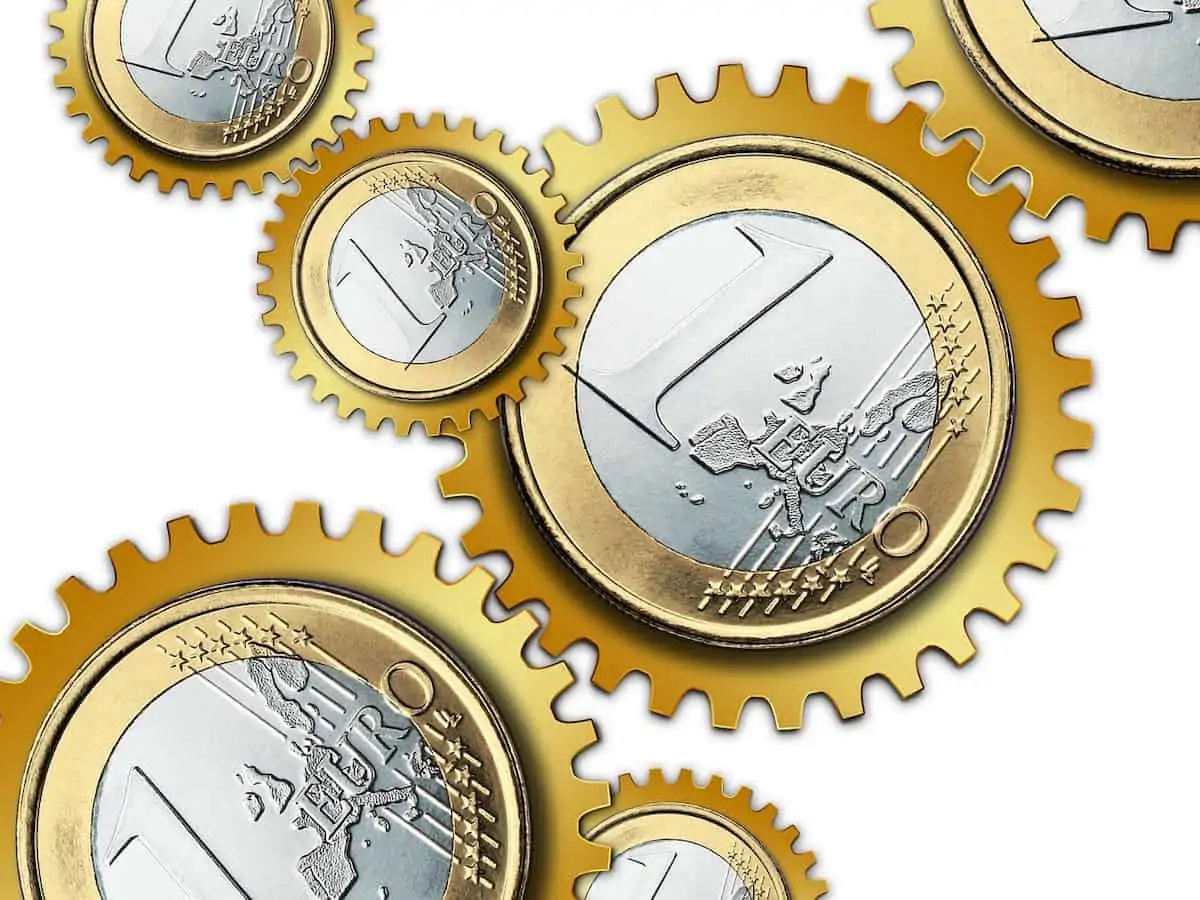“We have to make a decision. We only have enough cash to either pay our employees or our suppliers next week, but not both.” The old saying was true: Cash is King!
Wow! This was what my Controller just told me. We had just acquired another company. The decision was made to operate it at arm’s length from the parent company. And this meant that we had to fund the operation with our own cash, which was at a dangerously low level.
Neither option that the Controller just mentioned was palatable. We needed a strategy to tackle the immediate cash shortfall and to then create a strong cash position moving forward.
We had the Call to Action! This would prove to be my first real lesson in Cash Management which could not have been made more intense and immediate!
The thought of not paying our employees was unfathomable. We took the action to call several of our largest suppliers to explain the situation and ask for a couple of weeks worth of leniency on our Accounts Payable. The fact that we reached out to them and talked to them, as opposed to just not paying our bills and not telling them, bought us some goodwill and time. We adverted the immediate crisis.
How did we get into this situation? Simply it was a lack of Cash Management and awareness at any level of the organization. The Controller and I were new to this company so we didn’t have any baggage holding us back. We could not survive by hoping there was enough cash for the next day. We had to define a strategy and tightly manage all of the forces using and generating cash. We now understood “Cash is King”.
Unless you have actually gone through this type of situation, this baptism by fire in Cash Management, people generally do not appreciate the importance of cash. Many companies, certainly very large companies, are so vast that most employees are unaware and oblivious to the need to manage the cash situation. This is through no fault of their own; cash is less tangible when you are a small part of a big company. But most certainly small businesses deal with this reality each and every day.
So how do you create a Culture focused on Cash levels and Cash Management? We have talked about many ways to impact your Culture, regardless of what improvements you are trying to accomplish. We will cover some of those areas here as it pertains to Cash Management:
Call to Action
You need to create a level of urgency and visibility in your organization around this. If people don’t know that it’s a problem then they generally aren’t focused on it as intensely as they need to be.
In the situation I’ve described at the beginning of this Blog post we had a clear and immediate Call to Action. Your company might be in a similar cash crunch. But you shouldn’t wait until you are in a crisis situation like this. You need to make everyone aware of the importance of this now, BEFORE it becomes a problem.
Metrics
As the saying goes, “what gets measured is what gets done”! In the situation I was in there were obviously no metrics that were being reviewed and used. We couldn’t really say we recognized “Cash is King” as a guiding principle.
There are many metrics that are very helpful including:
- Cash dollars and days of supply
- Accounts Receivable dollars, days of supply, and past due
- Accounts Payable dollars, days of supply, owing and committed
- Inventory dollars and days of supply, and purchase orders outstanding
- Capital and Operating expenditures committed and planned
- Return on Invested Capital (ROIC)
- Cash Conversion Cycle
And there are many more. You may also want to focus on your position relative to your Competition. I have seen ROIC used with great success in this regard.
You need a clearly defined set of metrics that are measured and reviewed regularly. Furthermore, each of these metrics needs to have targets set on what levels you want them to be at a certain time. Targets are critical!
Further you must have the ability to forecast your cash position going forward. You do not want to track these metrics only looking in the rear view mirror. You should be focused on the problem that might be ahead of you, not the one that is behind you.
Visibility and Responsibility
Cash Management is not just the responsibility of the Finance Department. Even though Finance is likely the group that is in the best position to create and report on the various Cash levels and metrics, it is most likely that other Functions in your company are the ones controlling the different levers that drive the rate at which cash is generated and the rate at which cash is consumed.
Your Sales team likely sets payment terms with Customers. Your Procurement team likely sets payment terms with Suppliers. Your Supply Chain and Operations team largely manages the parameters which define how much Inventory you have.

Every Organization that influences the drivers of Cash levels must be held accountable in a very visible way. This includes your external partners. Customers will likely be very upset and may not do business with you if they don’t think that you have enough cash to survive. So if your Customer is pushing you for extended payment terms they are likely contributing to your problem.
Define the Cash Management Levers
You need to define the levers which determine the rate at which you bring cash in to your company and the rate at which cash is spent by your company.
Certainly Accounts Receivable, Accounts Payable, Inventory, Capital Expenditures and Operating Expenditures define the levers driving your cash levels. With this understood you need clear ownership and leadership from the areas primarily responsible for these areas.
Take a Holistic Approach
Take a Holistic approach to improving whatever area you are focused on. This applies in spades when it comes to Cash Management. If you only focus on improving one area, for instance, Accounts Receivable, you may make great progress. However all of the gains you make in this one area can easily be lost by a lack of focus on Accounts Payable and Inventory Management.
You must look at everything simultaneously. A Holistic Plan, an Attack on All Fronts is a very effective approach in Cash Management.
Process Based Focus
Defining the Levers as well as the Metrics and Targets is the key starting point. However the Metrics are a RESULT of all of the processes that are executed behind these Levers. You can always brute force your way through a short term result. But if you want to really make sustainable change in your results you must focus on improving the processes which govern how these levers impact your levels of cash.
Education
Many people may not understand how their day-to-day actions affect cash levels. I have seen instances where someone may buy 6-12 months worth of office supplies or materials for instance. On the one hand they believe they got a great deal, perhaps because of a lower piece price, but on the other hand they just tied up a portion of your cash in goods sitting on a warehouse shelf somewhere collecting dust.
These kind of decisions happen every hour and every day in your company. You need to educate people on the importance and implications of Cash Management so that they make the best decisions every day.
Governance and Communication
We always talk about the importance of Governance and Communication in this Blog. You must have a process involving a regular review of your cash levels, current and forecasted. If you can’t see ahead of you how do you know where you are going? And you need some level of communication about your status and forecasts across your organization.
Visibility to your cash levels should not be taboo! You may want to manage the message differently at different levels of your organization but again cash levels are a result of the job people do each and every day. If your employees are aware then they are better able to take the steps necessary to help the cause.
Cash is King
In the true story which I described at the beginning of this Blog we deployed these techniques to great effect. While we started in a position of not having enough cash to make both payroll and pay our suppliers, we ended in a position wherein we had generated so much cash that we were able to send cash up to help the Parent company. Cash is king!
In another situation, by focussing on Cash Conversion Cycle and all of the other techniques described above, we were able to reduce our Cash Cycle by as much as 20 days within a 6 month period. At its peak we were almost at the point of having a negative cash cycle.
There are many other ways to drive improvements in your Cash position. The key is to start with a Call to Action. And it is best to create this Call to Action BEFORE a crisis hits you! If you don’t then this will surely catch up to you.
Be smart and be proactive! Remember, “Cash is King”!

